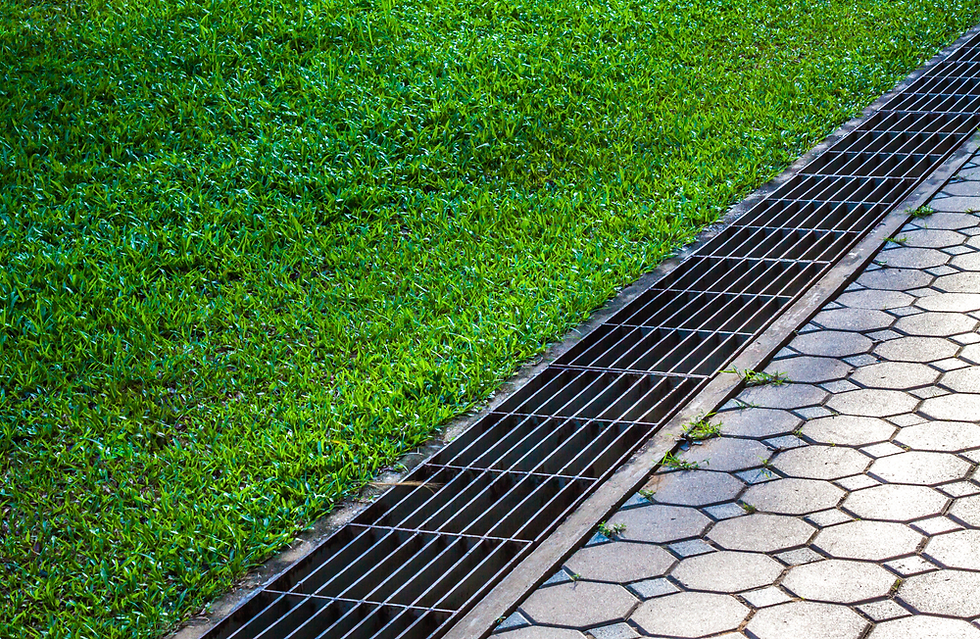Get the Feel of The Surface by Building the Best Engineered Timber Floors at Home
- Mark Simon
- Sep 21, 2017
- 3 min read
An Engineered timber floor is something that cannot be nailed or stuck to the subfloor. The term gliding floor alludes to the establishment technique, however, it is regularly utilized with overlay flooring yet is now connected to different covers, for example, coasting tile frameworks and vinyl flooring in a residential setting.
Engineered timber floors a strategy for establishing a level instead of a particular sort of deck material. Singular boards, sheets, and in exceptional cases, tiles, connect to each other, not to the sub-floor. They may append with a stick or by snapping together.
Illustrations
Cover Flooring: The prime cause of a skimming floor is overlain flooring. The cover ground surface can be stuck down to the substrate if all the overlay is not introduced on a “drifting” premise.
Extravagance Vinyl Flooring: LVF snaps together, board-to-board. It can likewise be stuck to the subfloor.
Built Flooring: Most designed wood flooring nails or staples down to a plywood substrate. A couple of brands, for example, Armstrong’s Lock and Fold, can be introduced on a drifting premise.
Artistic Tile: Almost all the tiles are mortared to a substrate. Nonetheless, a few skimming tile floors are accessible, most strikingly Soapstone. As opposed to mortaring down the tile to the floor, the tiles are connected to each other using an interlocking plastic plate. High cost has been the deterrent to this item bursting into flames in the customer’s showcase.
Advantages and disadvantages of Engineered floor
Cover flooring is contained on three or four sides by dividers. A development hole is required around the border of the overlying flooring, which implies that imprisonment is not the only technique for keeping the skimming floor set up.
Extension/Contraction: One favorable position of the coasting floor technique for the establishment is that it takes into consideration the floor to move and grow because of changes in a room’s stickiness.
Simpler: Engineered timber floors evacuate numerous deterrents to do-it-without anyone else’s help establishment. For example, nailing down hardwood deck can be an overwhelming undertaking for Dyers. With a drifting cover floor, the planks of flooring are effectively joined to each other with no specific devices.
Restricted Materials: One of the hindrances of a coasting floor is that it is slender and less generous than the ground surface that is connected to the subfloor.
Lesser Quality Flooring: Traditionally, floors that were introduced with the drifting technique were those that were less supported by mortgage holders, for example, overlays and vinyl. While these floors still tend to bring down its resale esteem than the sturdy hardwoods. The quality difference between the two gradually shuts down after some time.
Engineered Timber Floors
While it appears to be insane to introduce a hard floor that just stays there like a mat, unattached to whatever else, it is a strategy that bodes well due to 3 important factors:
Absolute Heaviness: Even though the singular overlay boards are light in weight, by and large, they can measure a few hundred pounds over a whole room.
Grinding: Below overlay is the froth or plug underlayment. Contact between the deck boards and underlayment controls the parallel development.
Joinery: Laminate sheets decidedly snap or paste together.
Engineered timber floors tend to dismantle since they are not appended to the subfloor. More up to date cover coasting floors are dry-joined with a crease and-bolt component they are easy to confine. More seasoned cover floors might be stuck together, board to board. But since overlay is made of thin fibreboard, it is sufficiently simple to snap off and break the deck as opposed to managing the paste.




.png)





Comments